Côte de Nuits, the Puzzle Map
🧩Tired of marking-up maps? Try piecing them together instead.
🧩Touch and feel pieces shaped like land of the grape-growing subregions you need to learn. From Dijon to Corgoloin, learn Côte de Nuits-Bourgogne more intimately than ever, right on the bar top.
🧩Puzzle Maps TM will put you in-touch with the divisions of vineland that comprise this geographic indication. Test on key metrics while scanning the enclosed instructions for more resources.
HOW:
To use a Puzzle Map as a study game, players must first determine a tell-order, after which they begin by racing to place pieces down onto the mapping mat, just as with any other puzzle:
- (1) Place: confirm your piece fits where you have carefully placed it. (When a piece is successfully emplaced within the Puzzle Map, all other gameplay activity must pause.)
- (2) Tell: recite a key statistic, producer, story or feature about the puzzle piece-in-question.
Opponents will quickly judge whether the recitation was acceptable. If a player cannot fulfill step-(2) to the consensual satisfaction of opponents or cannot demonstrate any familiarity with the piece, she must leave the piece in place and allow for the next player in the order to have a go at it.
(The tell-order will have been determined by tossing a coin or, for groups larger than two, spinning a bottle, pen, wine key or cocktail skewer as many times as there are opponents. Once the first two pieces have been conjoined, they may need to repositioned atop the mapping mat as the map grows in variable directions.)
🍾Each piece, successfully used, is worth one puzzle-piece point. When there are no more loose puzzle pieces, the player with the most puzzle-piece points wins.
Additional gameplay resources exist for Puzzle Mappers in need of hints or those wanting to tighten the recitation rules. As such, during a game, players may use the QR-code found on the box to navigate hints, piece shapes and piece indices in the Game Hub.
Whether playing an introductory or master-level, Puzzle Maps TM rules are ultimately adjustable to the mood and studiousness of the group.
SPEC:
Puzzle Maps TM are made to be played anywhere. We wanted to design a map that could be assembled and played at a single table setting. This means that you can bring a Puzzle Map TM to your next wine tasting or bar meetup to test your acumen among friends and colleagues. Forget coffee table jigsaw puzzles; harness the power of maps to augment and enrich your wine studies.
Puzzle Maps TM puzzle pieces are comprised of multiple layers of unfinished wood, giving them a grippy texture that keeps them from sliding atop the faux-suede mapping mat included with every Puzzle Map TM. So as to strike a balance between clueing-in and concealment, pieces are marked only with the most rudimentary indications of identity. As such, players will find that we have included piece (e.g., "commune") names, key geographic icons and major roads to orient mappers.
It's broadly understood that maps help wine professionals. Besides tasting and traveling, there is hardly a greater resource than what is offered by a map. Let Puzzle Maps TM help you get closer than ever to referential mastery.
An instructions insert comes with every Puzzle Maps TM. Here you will also find a QR-code leading to the Game Hub.
Examples of pieces from this Puzzle Map TM: 🧩-Dijon; 🧩-Nuit-Saint-Georges; 🧩-Vosne-Romanée; 🧩-Flagey-Echézeaux.
While the Puzzle Maps TM are particularly made for those interested in studying wine, given that "Tell" rules may be adjusted according to knowledge-banks of players, the Puzzle Maps TM are suitable to puzzlers of any level of acumen.
Frequently bought together
Côte de Nuits, the Puzzle Map

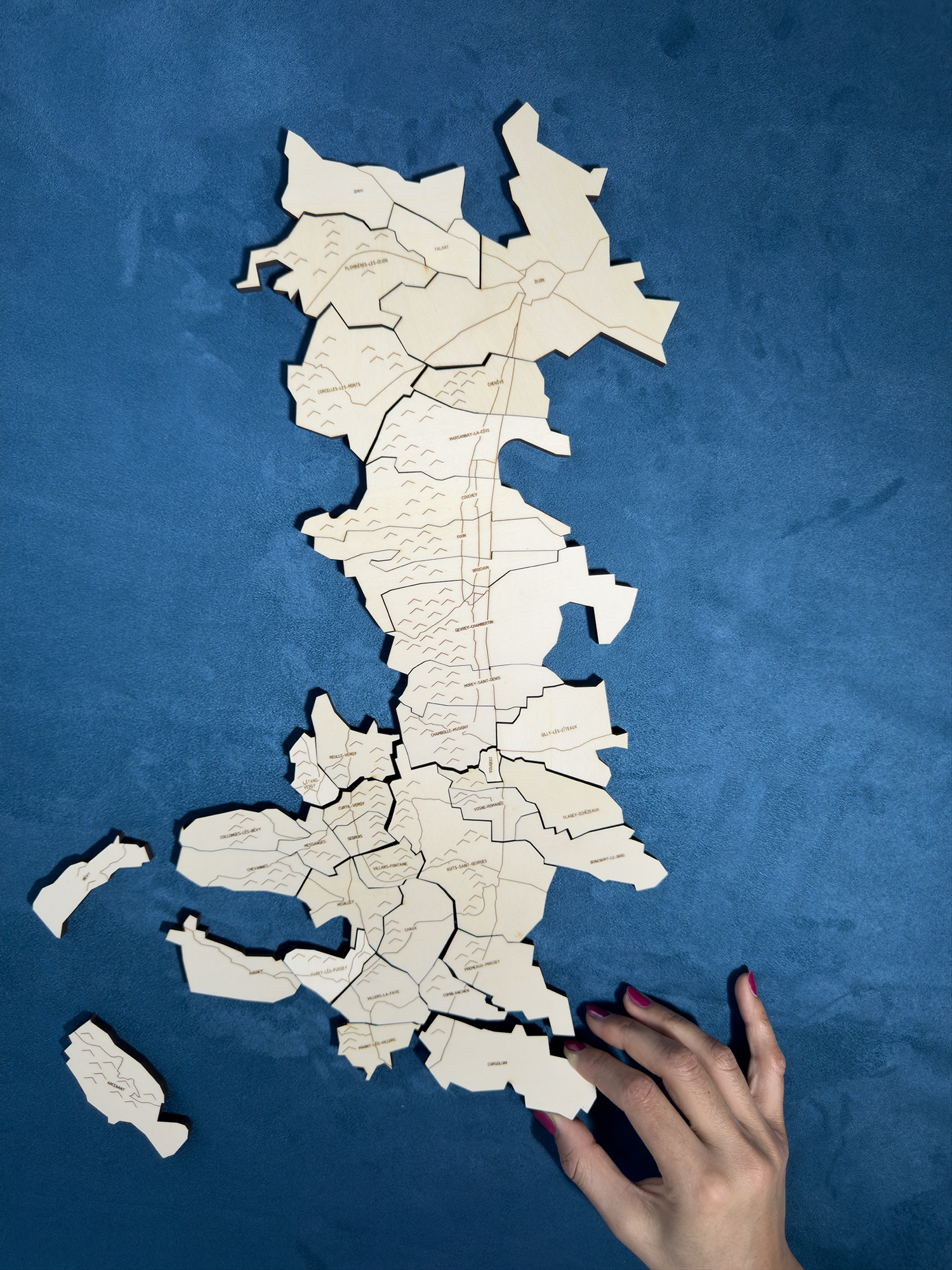
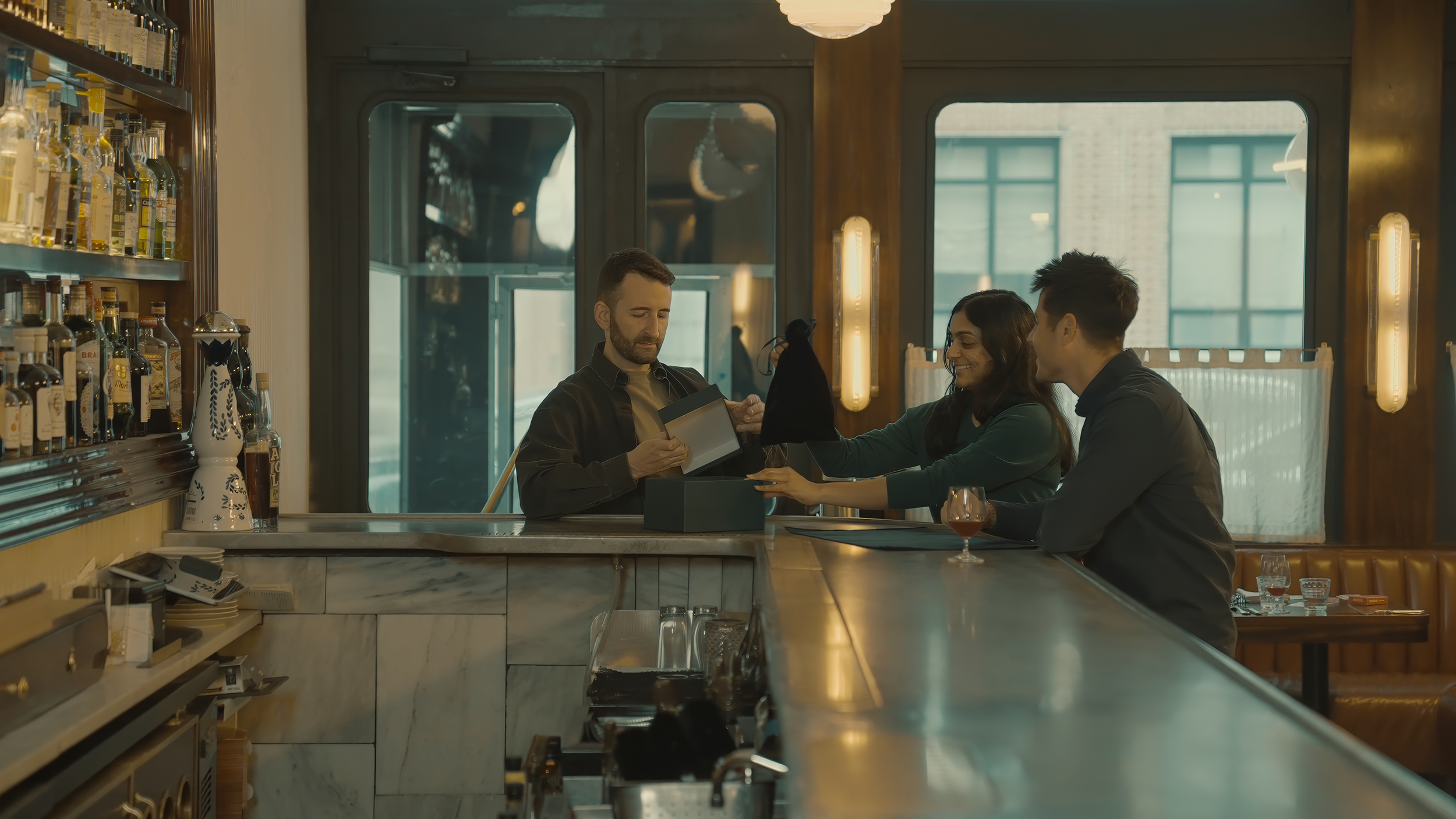

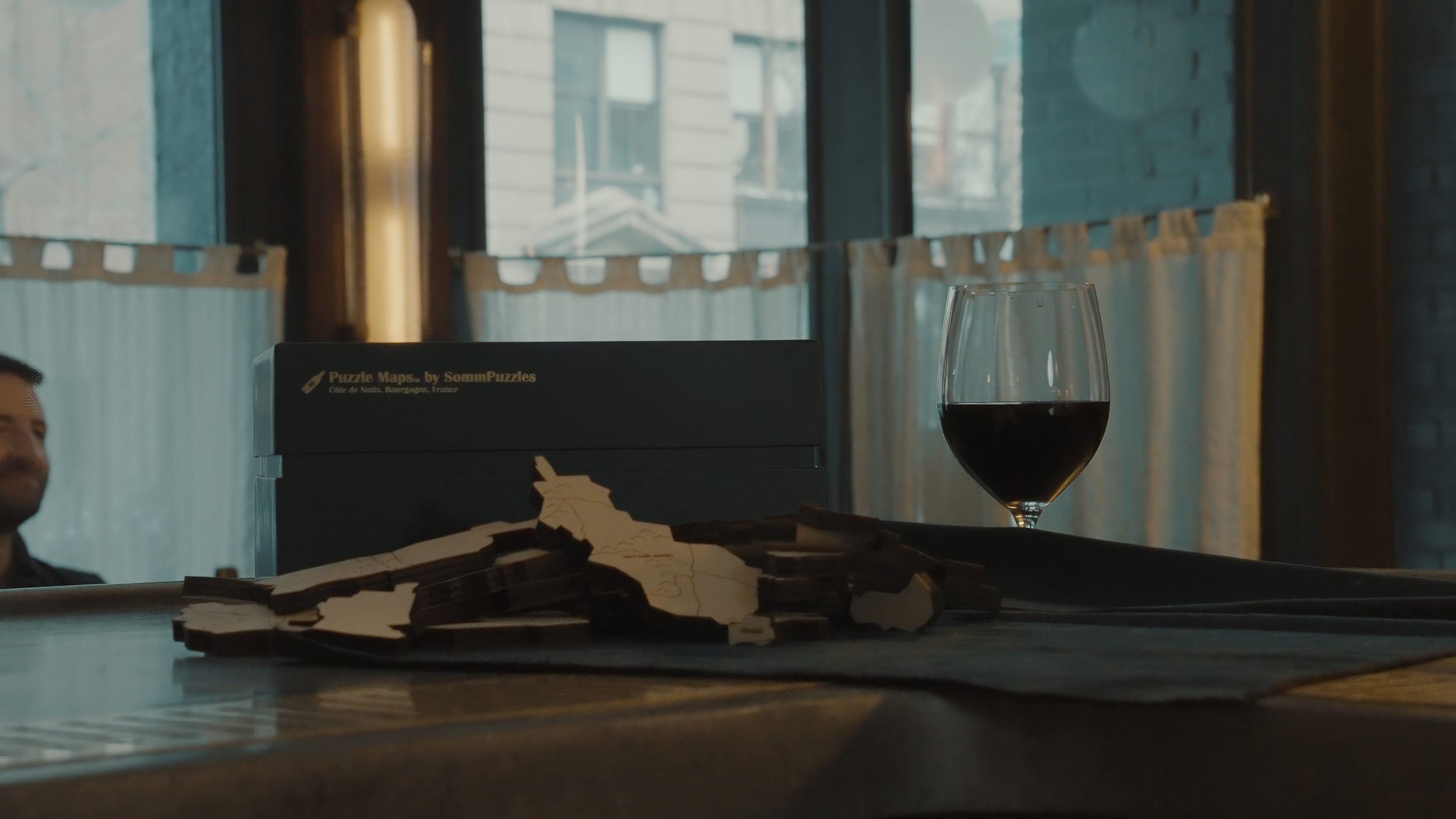
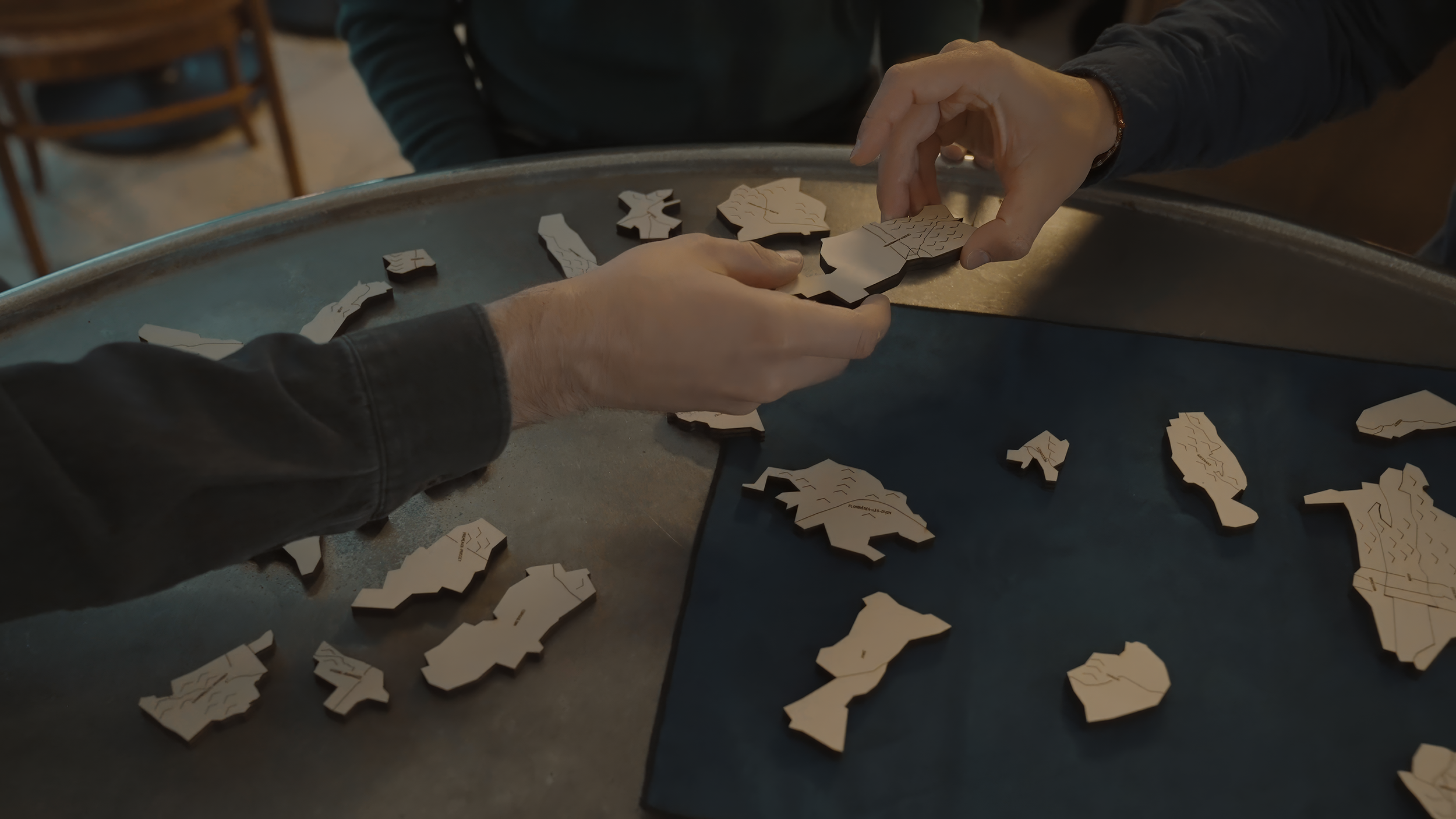
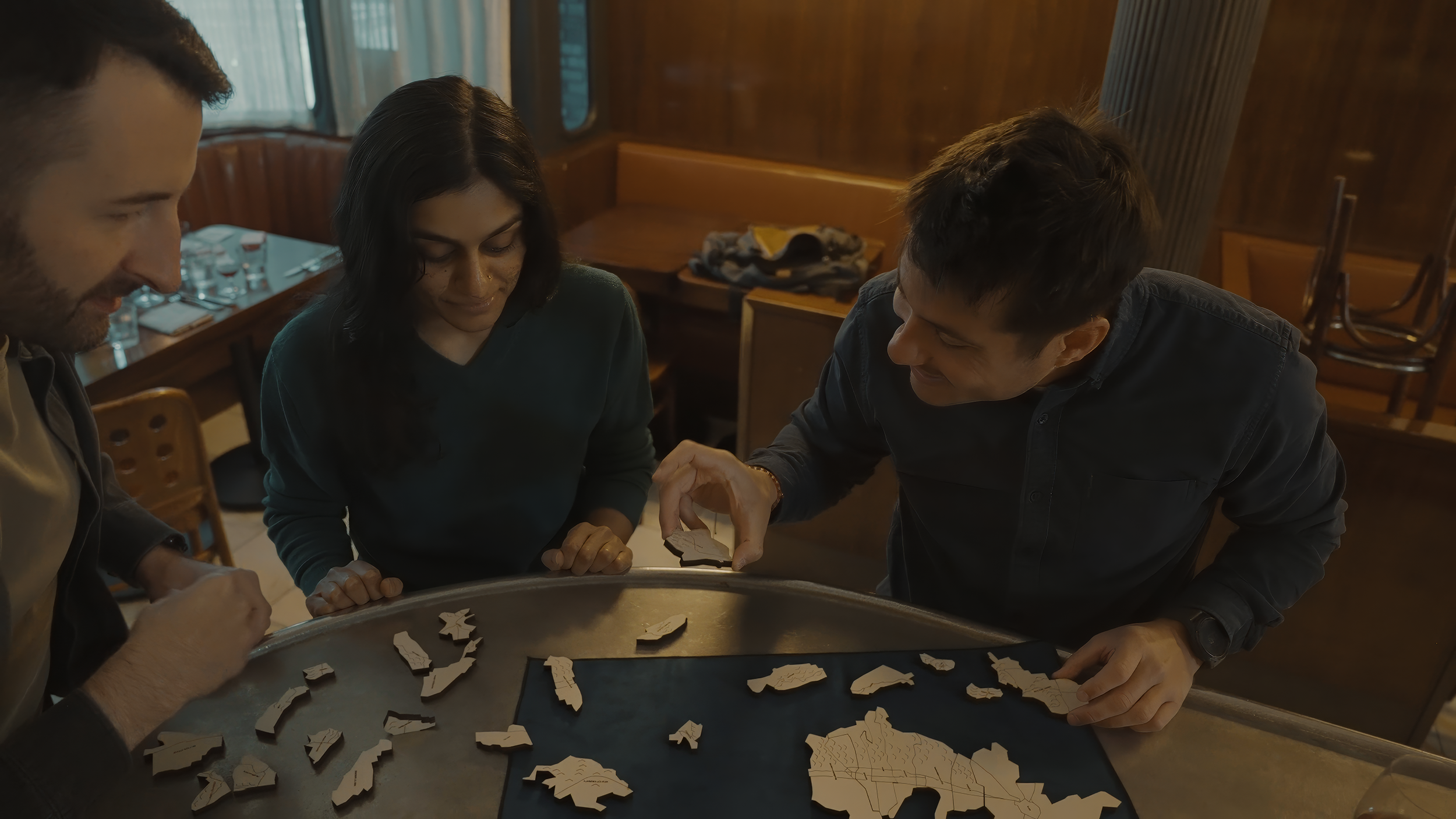
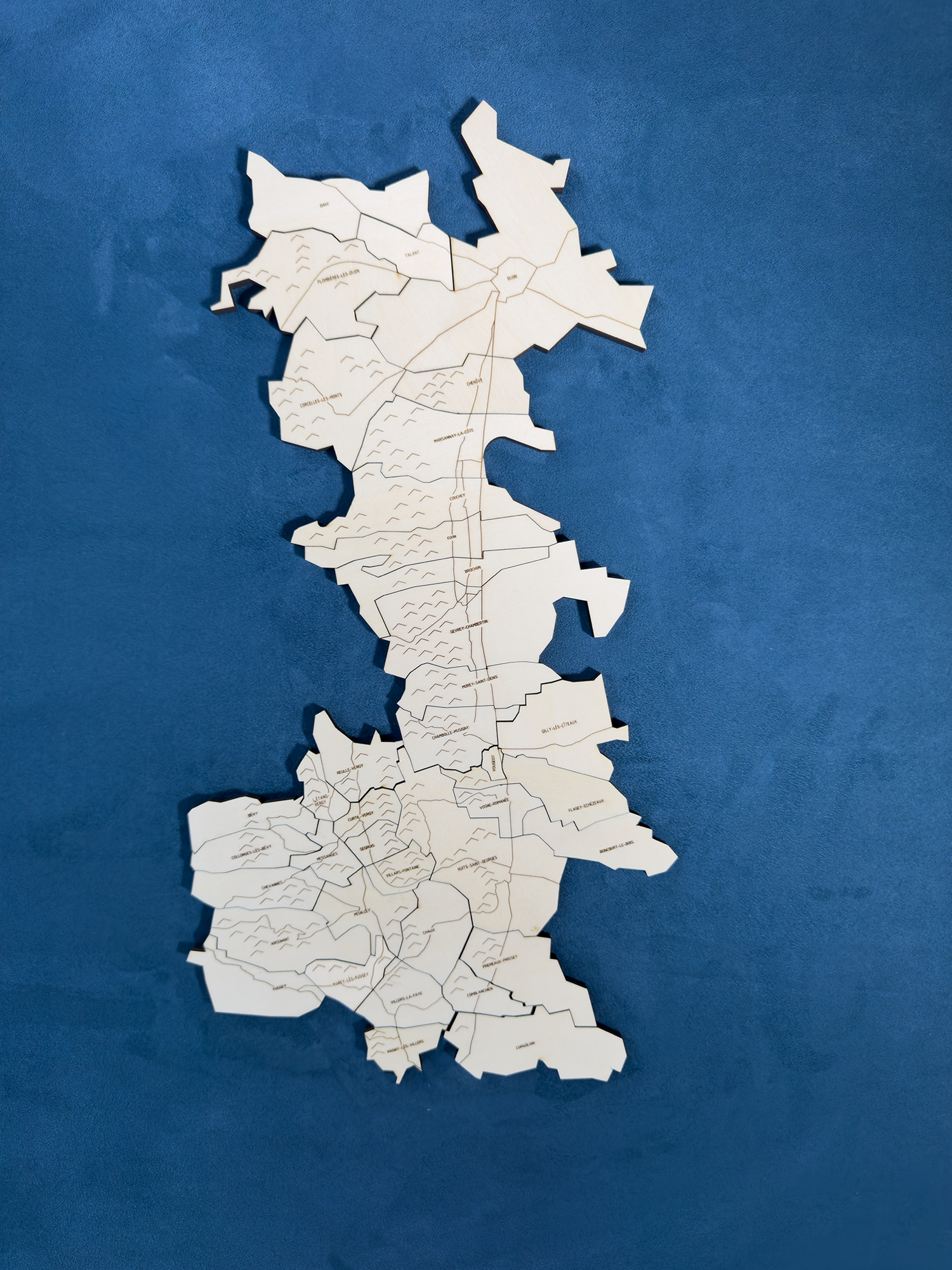

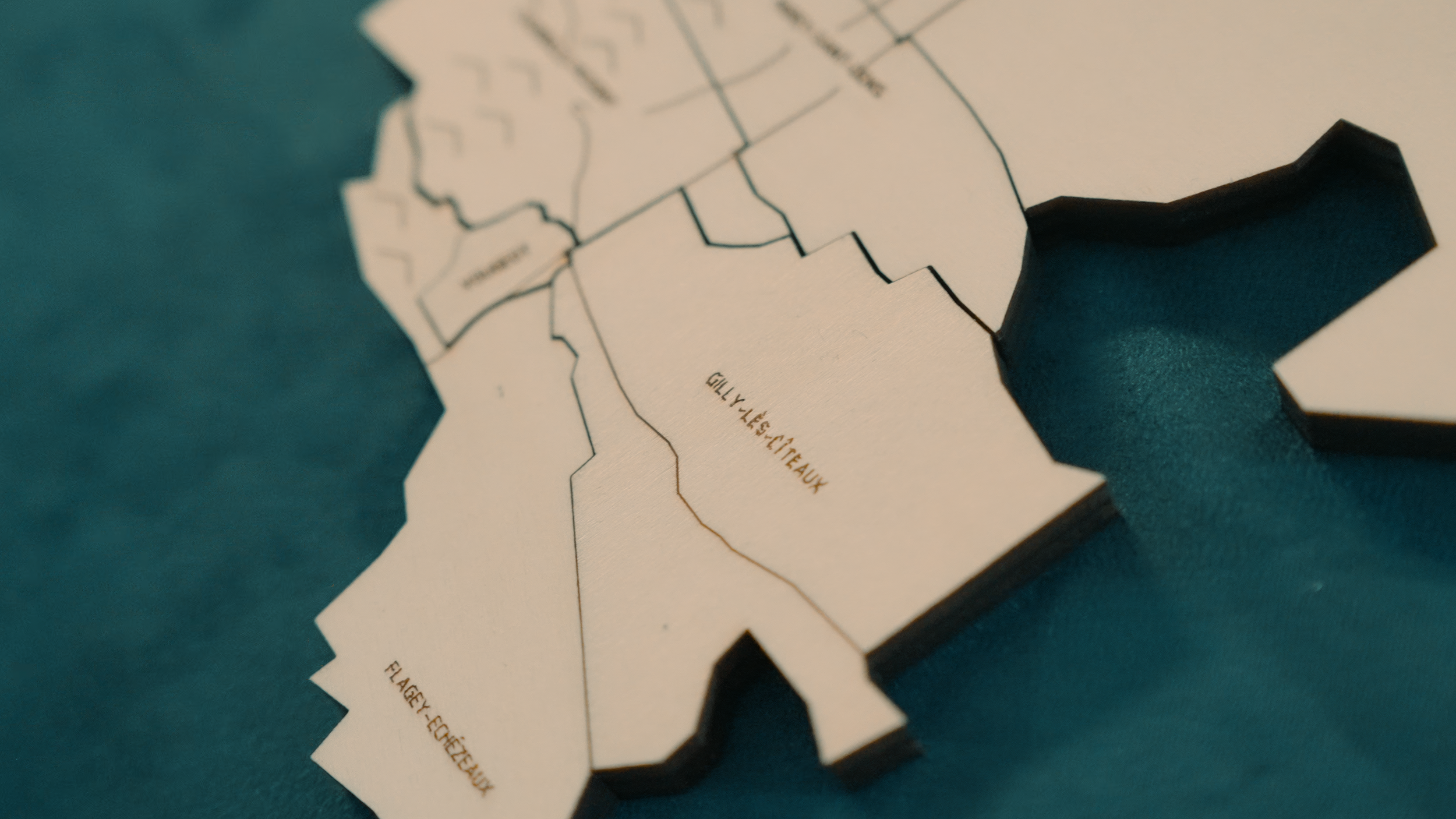
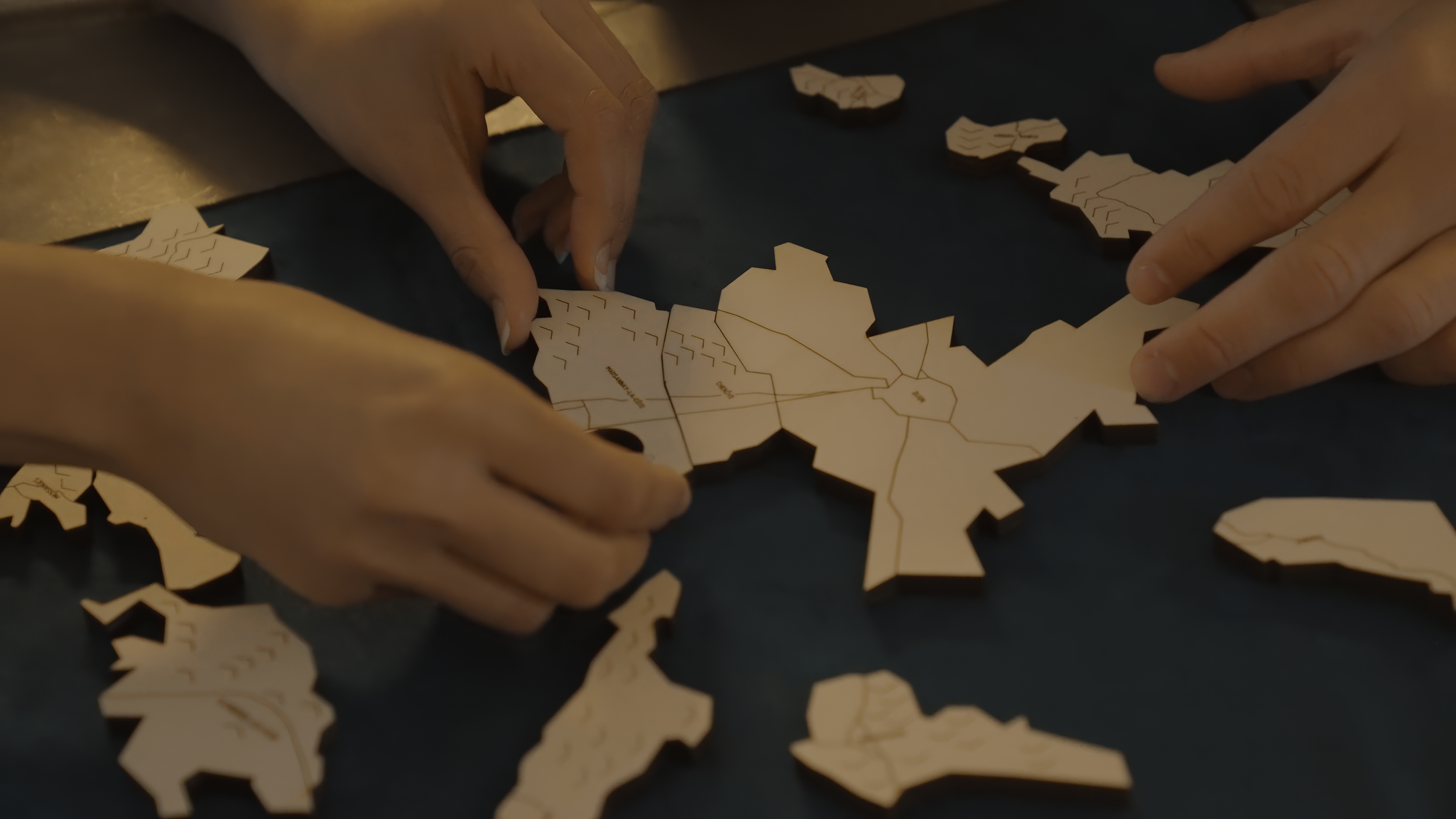
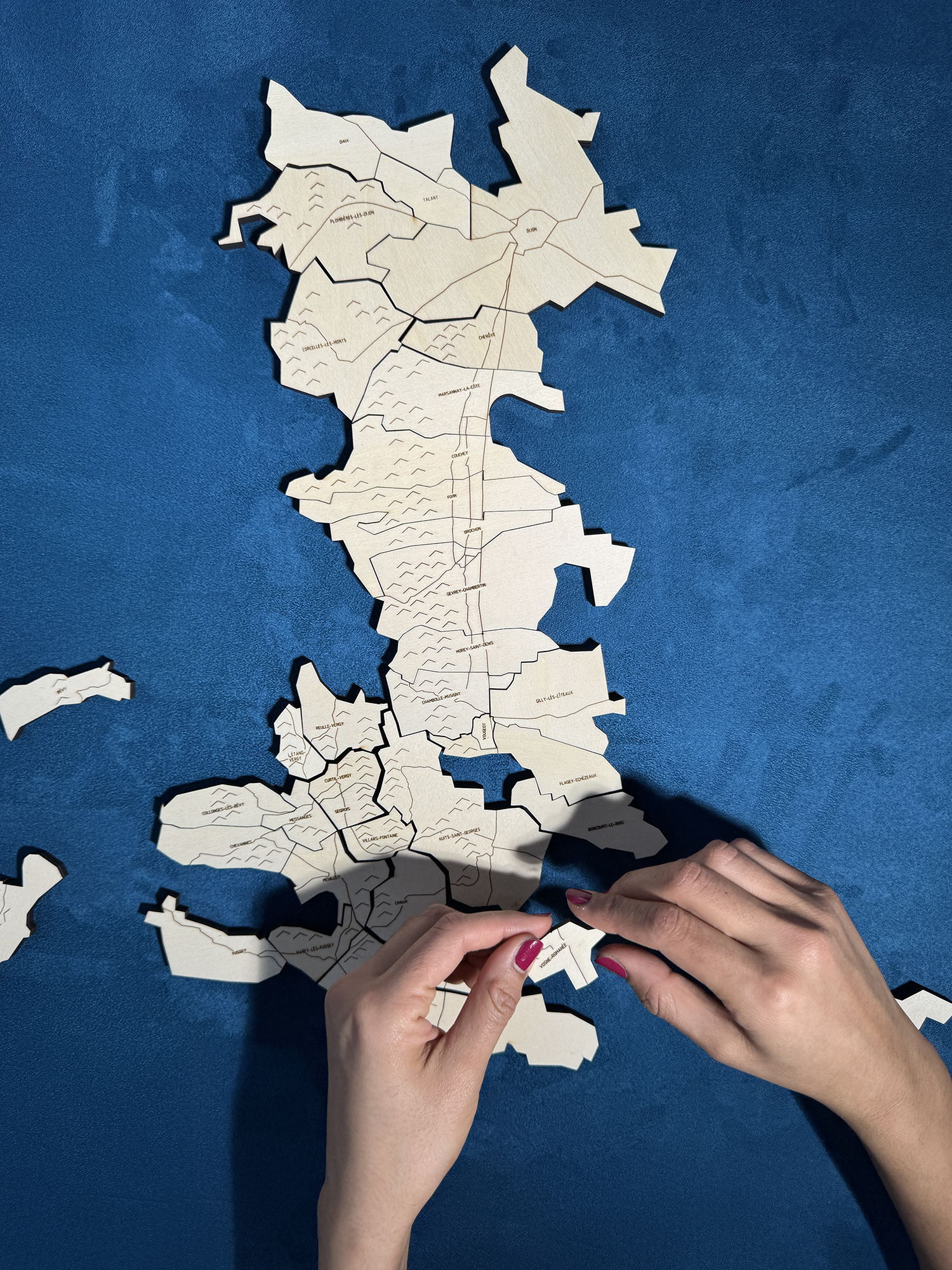
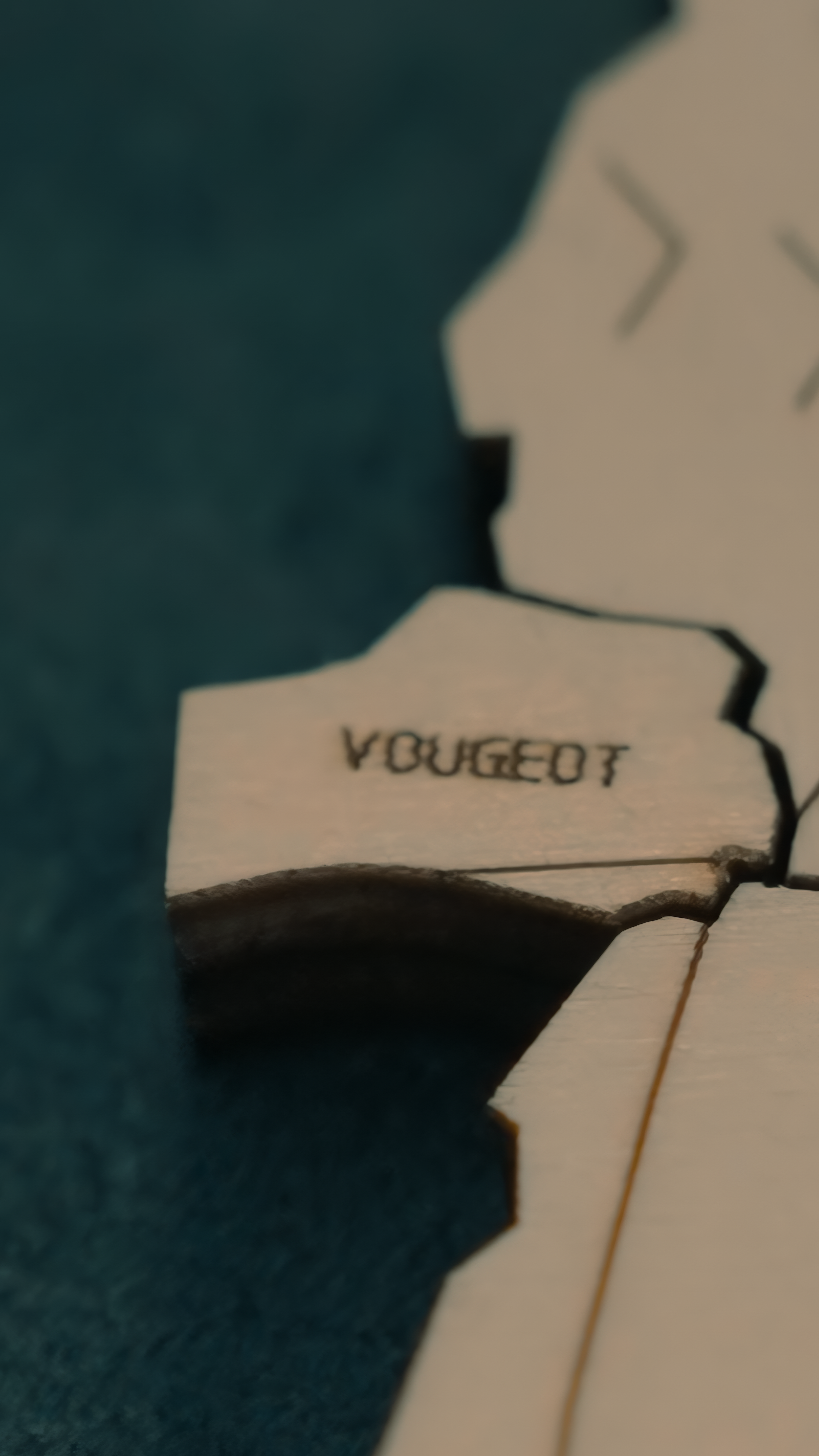
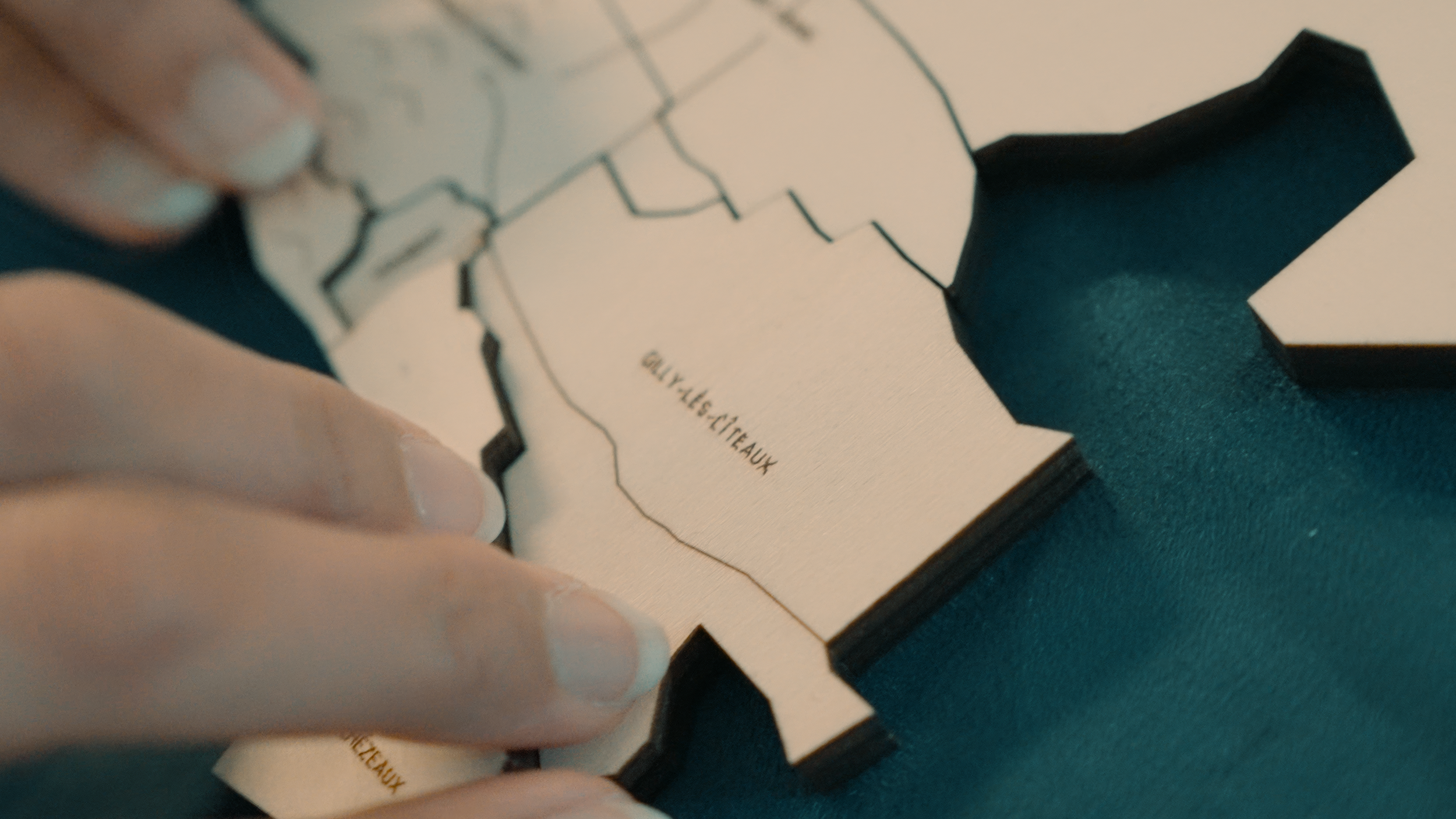
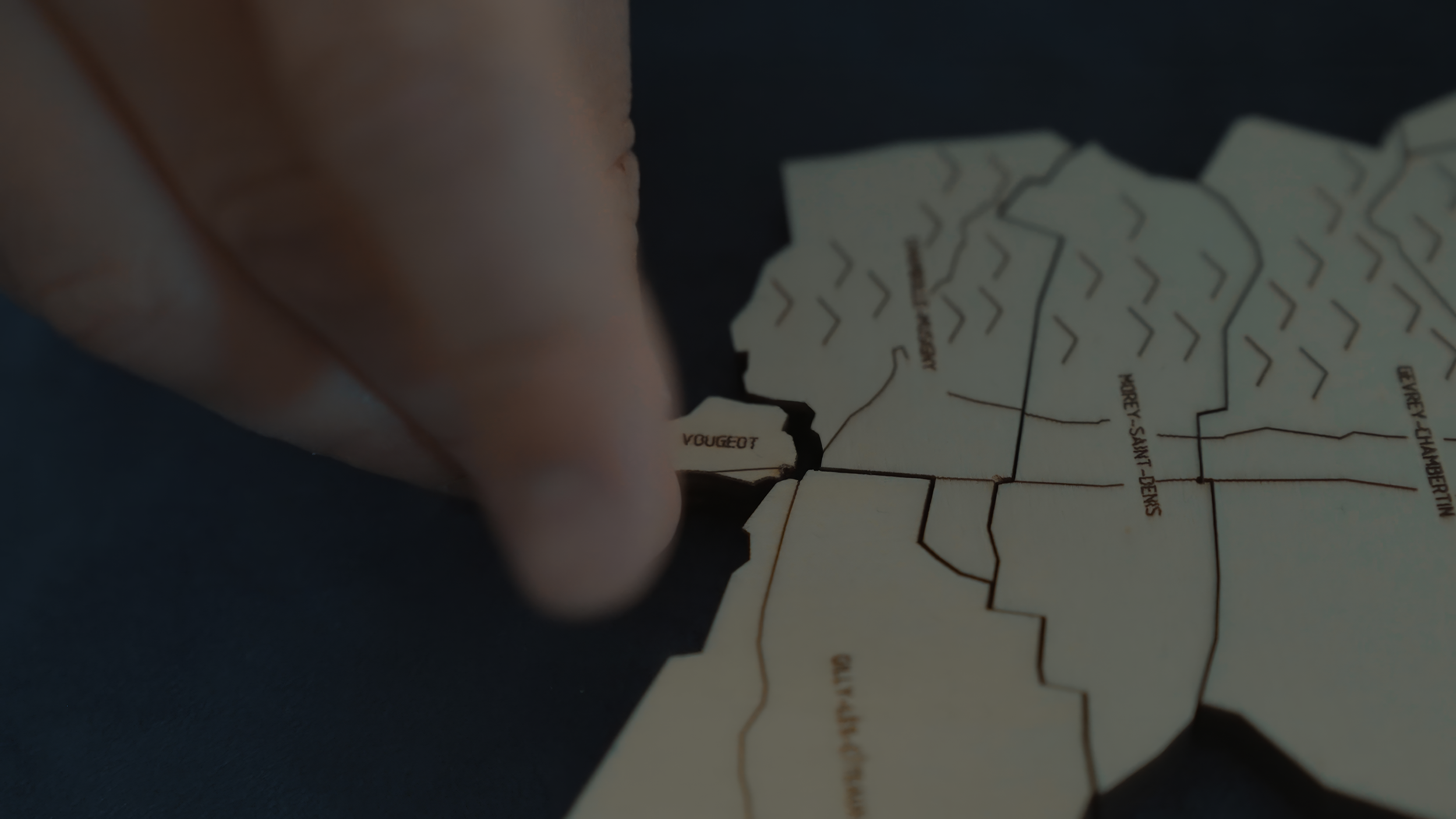

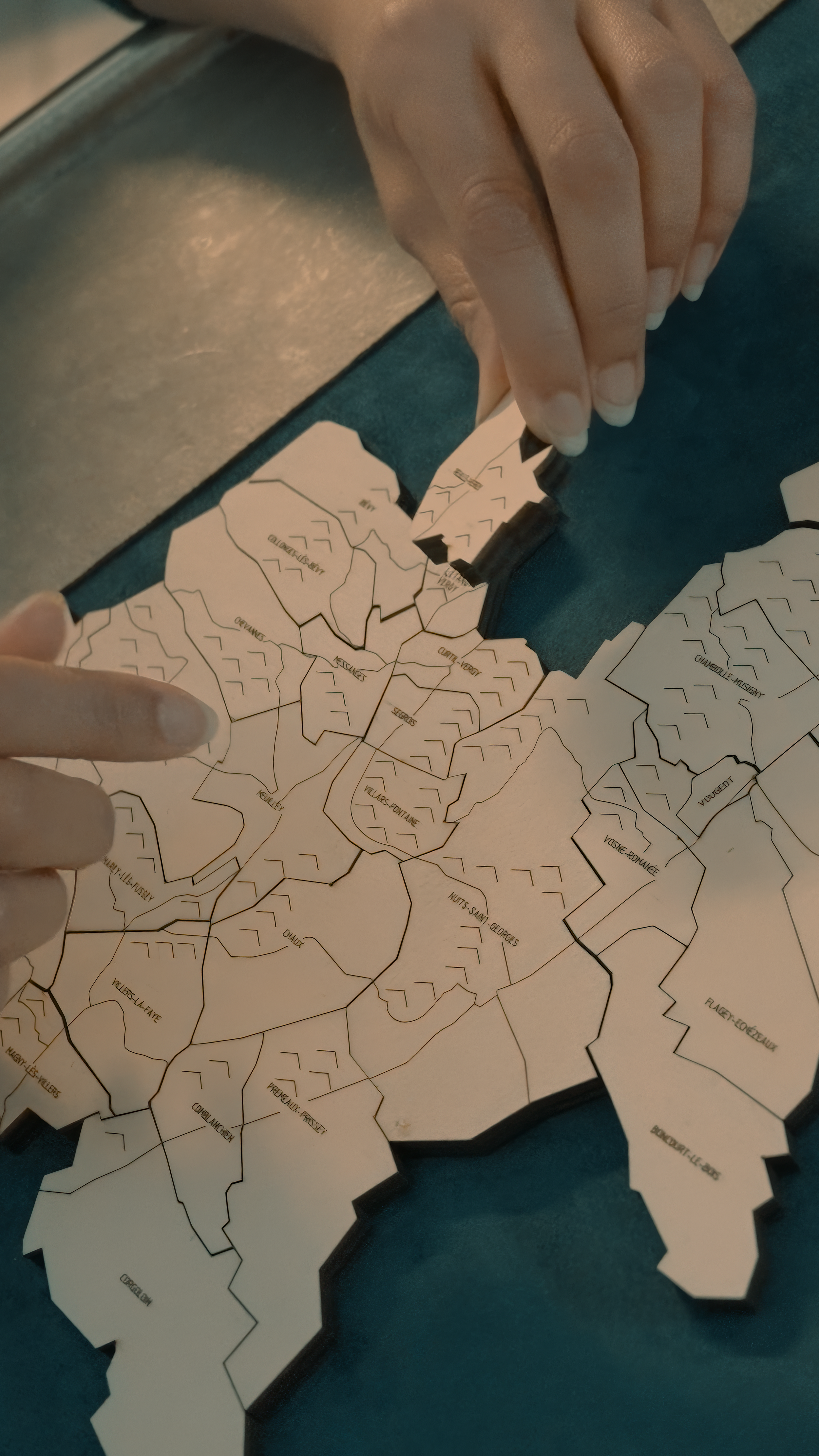
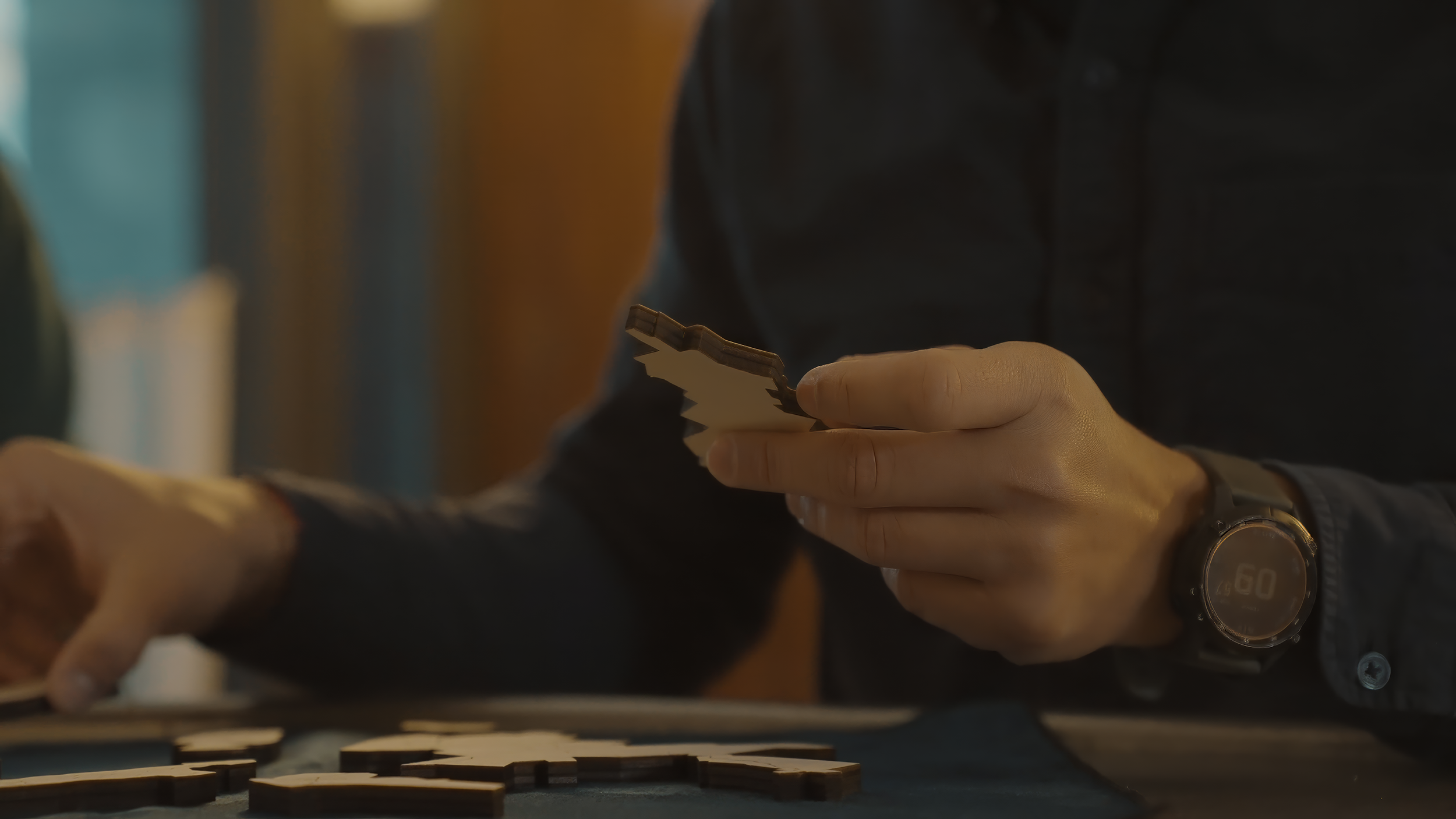
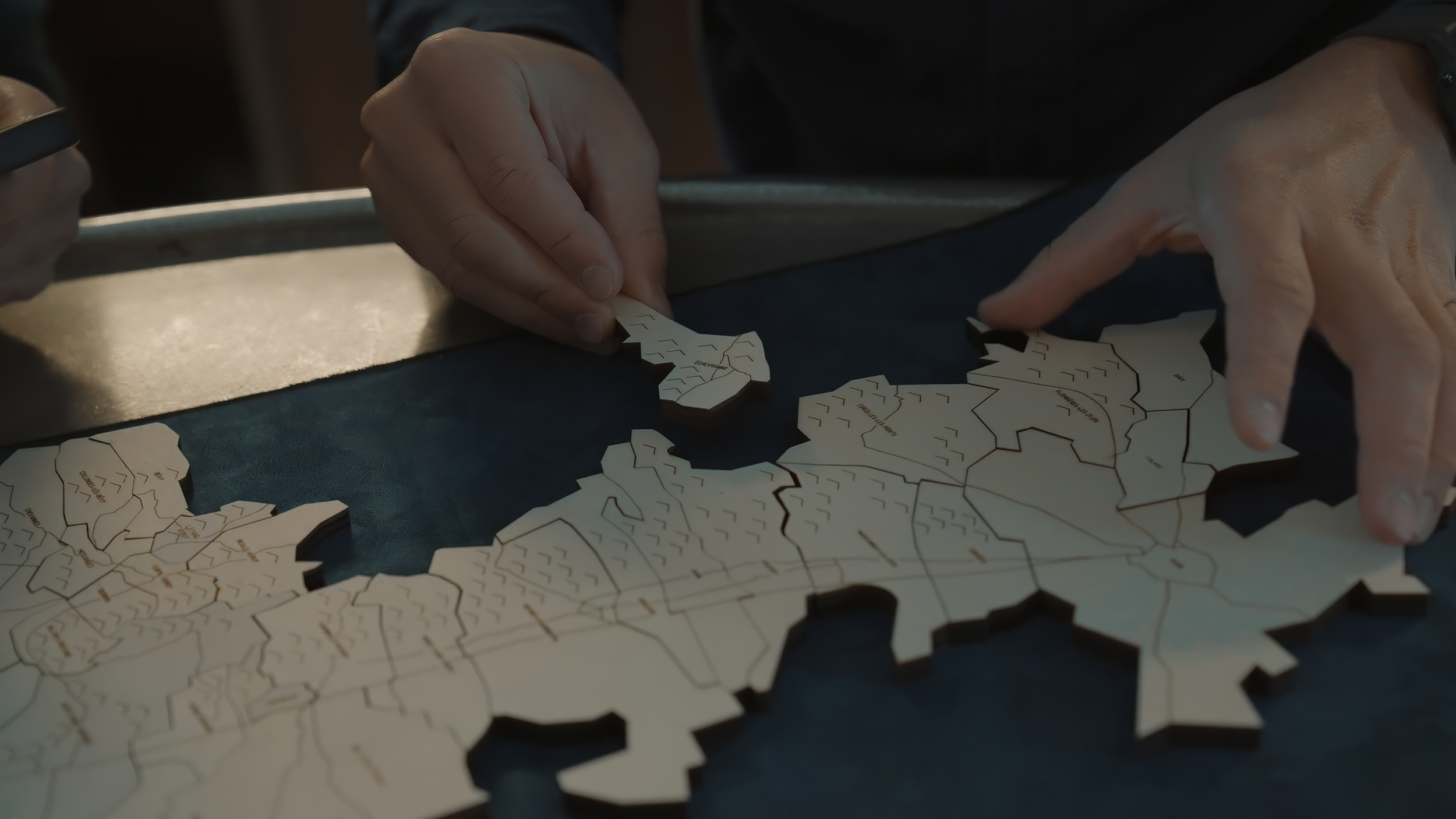
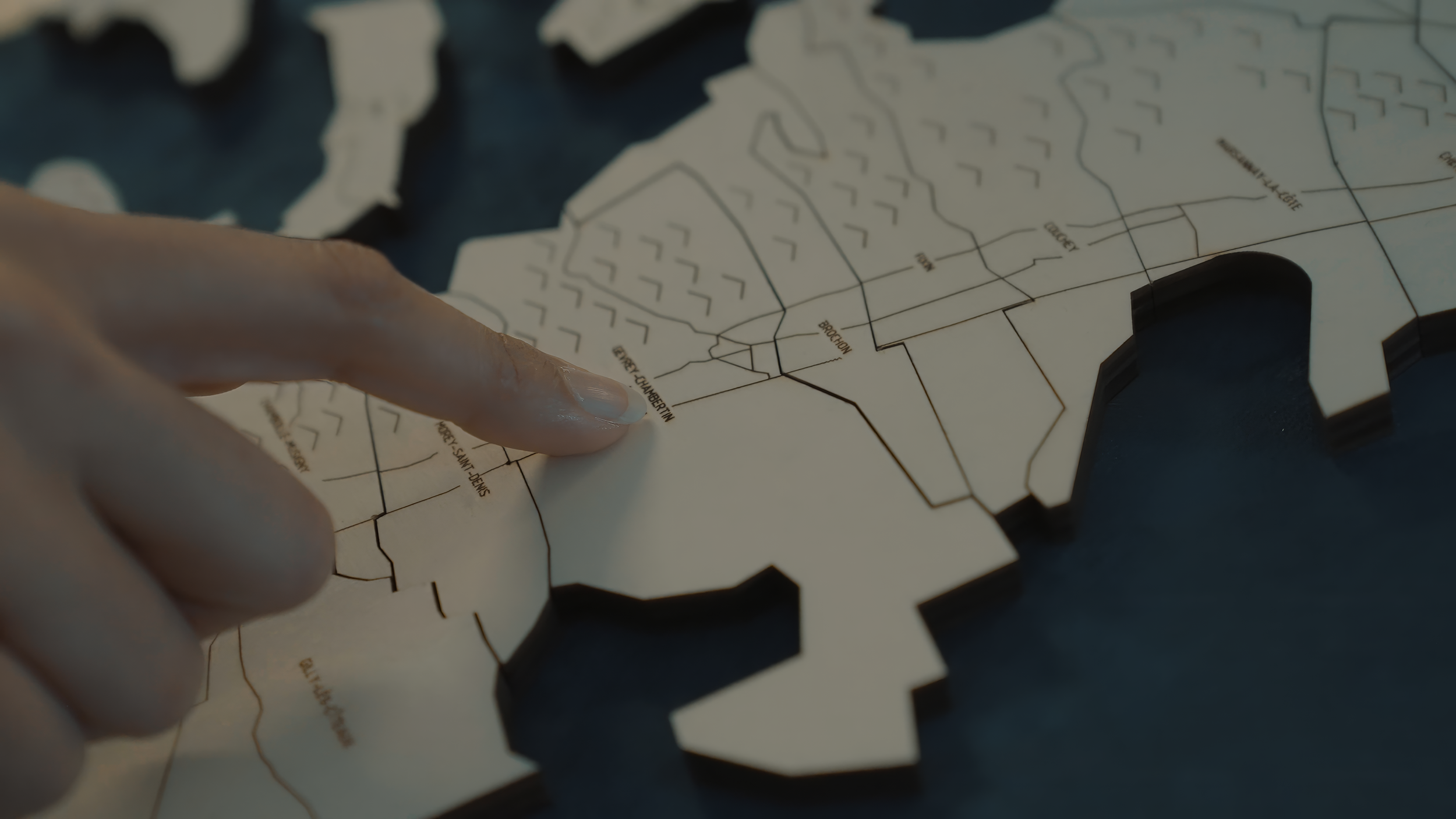
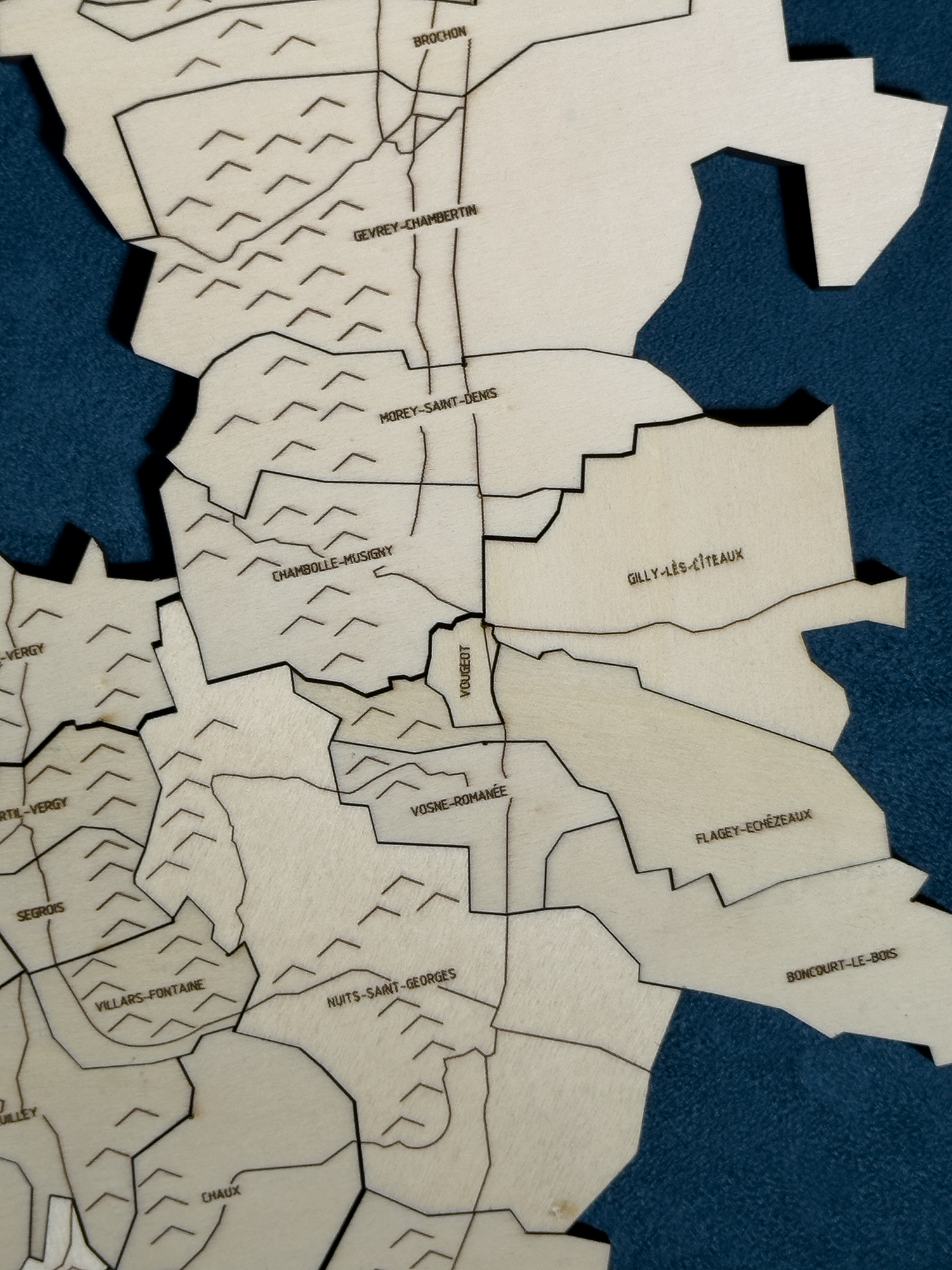
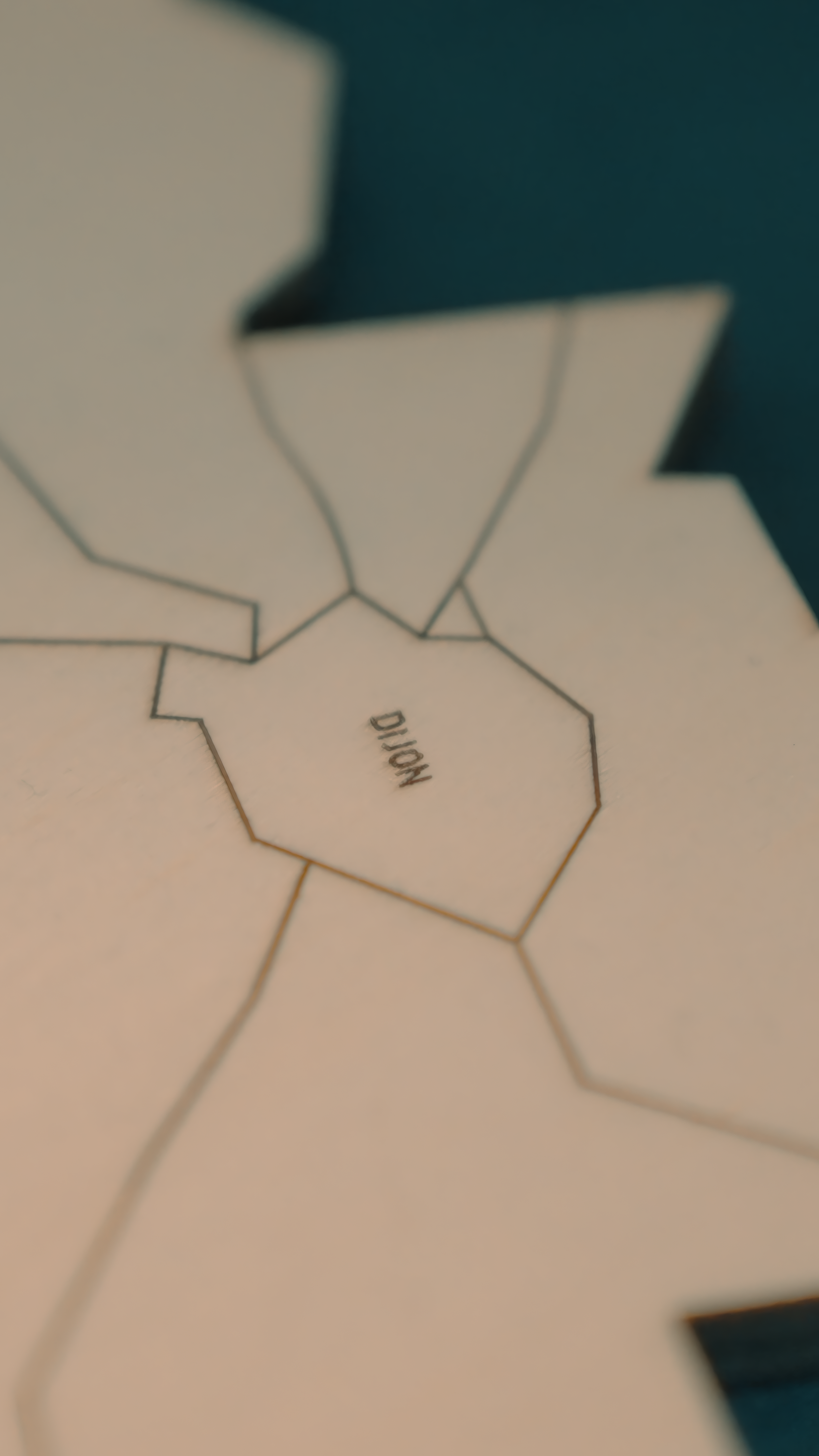
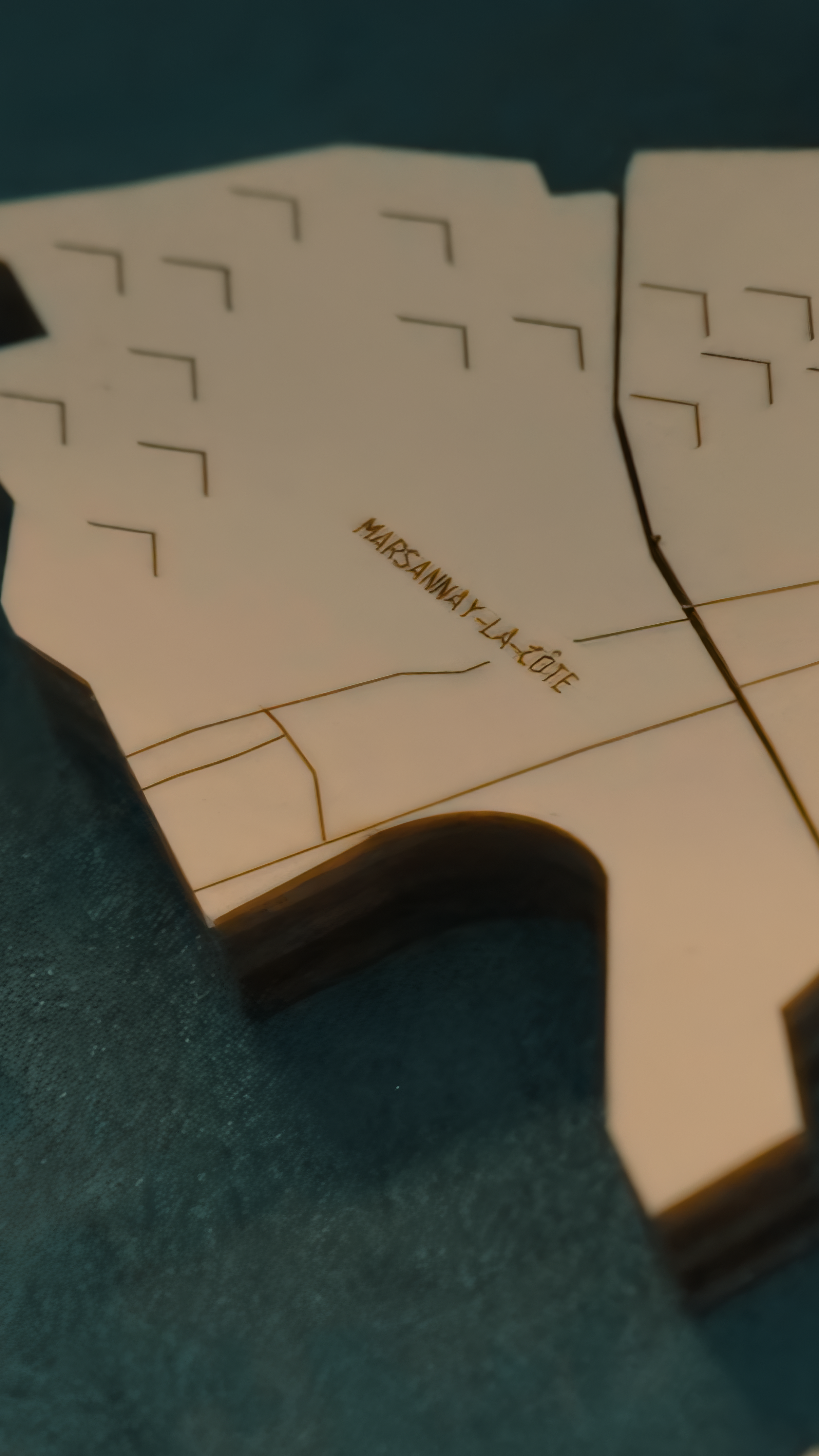

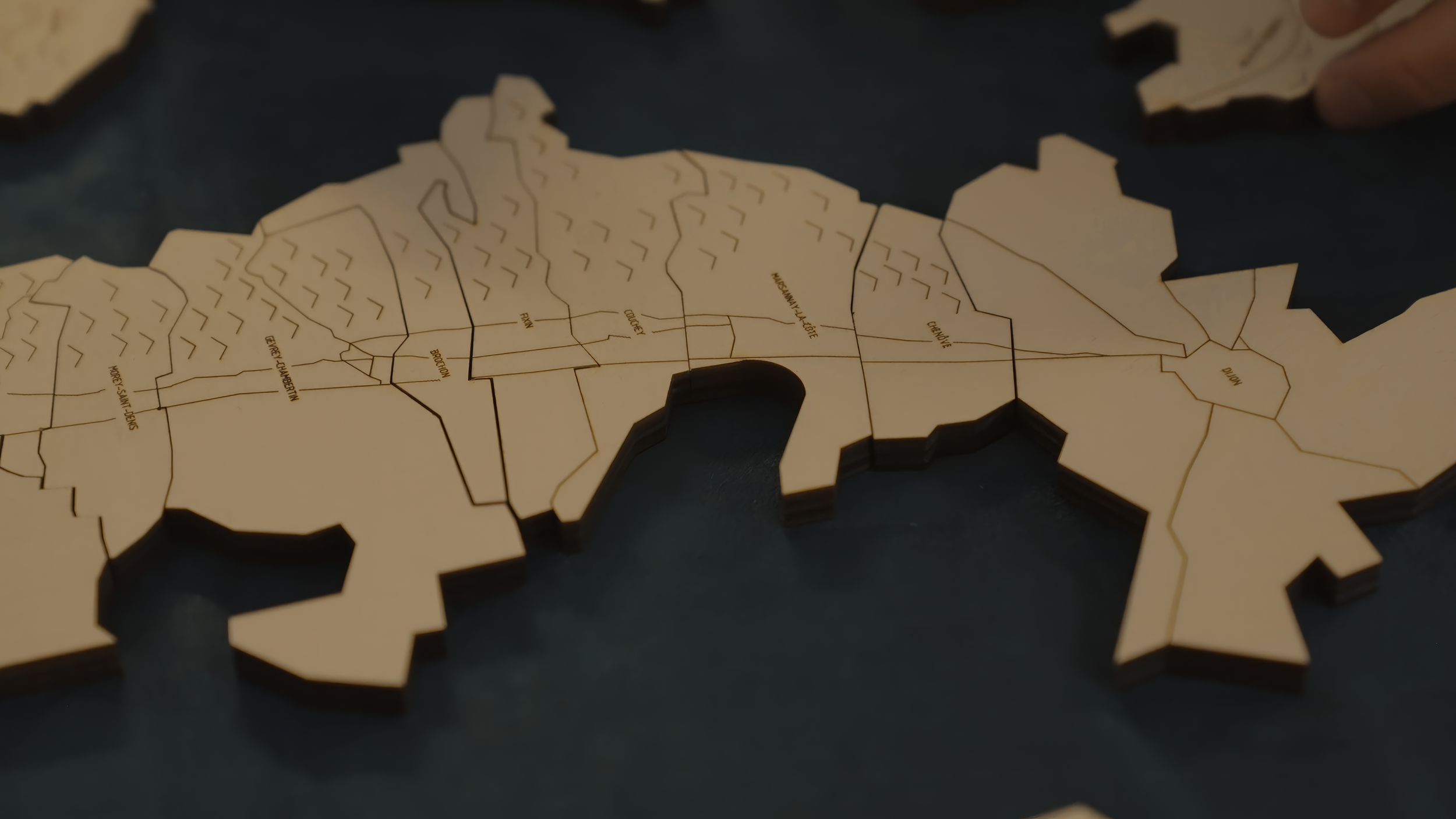

FAQ
Yes. The gaming principles of Puzzle Maps TM can be adjusted to suit an individual puzzler's acumen or that of a whole group.
E.g., if a novice or non-professional is assembling the puzzle with a bunch of intermediate sommeliers, he may be permitted handicapped rules: when reciting the details of a piece to earn a puzzle-piece point, he may (1) only be required to recite something exceedingly rudimentary in depth and learning, rather than having to prove an intermediate-level understand; or (2) he may be permitted to puzzle with an open book, referencing internet resources with his phone.
Puzzle Maps TM are puzzles of maps, however, they differ greatly from what is currently available.
Most wine-related puzzles are really just images on cardboard that have been cut in a jigsaw pattern. While assembling jigsaw puzzles can be amusing and relaxing, jigsaw puzzles are not designed to function as a serious study aid and do not offer any outstanding benefits to students of wine.
Puzzle Map TM pieces are shaped like the subregional geographic indications, delineations of geography that would otherwise be line-drawn on a map or printed on a jigsaw puzzle.
Puzzle Maps TM prioritizes tactility and becoming familiar with the two-dimensionalized border-shapes that comprise a wine subregion. As such, it is plausible to say that Puzzle Maps TM introduce puzzles to the realm of maps, rather than the other way around.
Yes. Puzzle Maps TM is a study tool that also happens to be a puzzle. Those who don't mind assembling puzzles alone will still find great utility in Puzzle Maps TM.
We think so, especially if you're studying wine.
While, in one respect, a Wine Rummy TM deck is just a deck of playing cards with some extra pictorial and textual elements, that is its very advantage.
Other wine-related games on the market come in strange shapes and impose new rules. Though this can offer divertissement, it also causes gameplay friction. Playing the card games you already know means you can get to playing straight away and at a moment's notice.
As we start-up our business, we think that wine people, people apt to find unusual value in the gamification of wine flashcards, will understand this proposition immediately.
Don't pay more money for yet another new wine game when you can study while just playing the card games you already know.
It means that the player-in-question, the player whose turn it is and who is being tested, must say something about the card's prompt that demonstrates familiarity with that card-prompt.
Whether you're playing gin rummy, poker, crazy eights, war or some other playing card game, think of the Wine Rummy TM rules and guidelines as a set of light modifications.
E.g., when laying down ("showing") a meld in gin rummy, depending upon the rules to which players agreed prior to the start of the game, a player must recite (or "tell" of) an interesting factual idea about the card or cards in that meld. (These recitations can become quite discursive, depending on the patience and acumen-level of the group.)
A Wine Rummy TM card, no matter the game, acts just as the front-side of a flashcard; it is up to players to recite information that proves they know something related to that front-side prompt.
We at SommPuzzles have been working on developing these wine study tools since 2022.
If you have any questions related to the brand or to SP products, just drop us an email at info@sommpuzzles.org.
